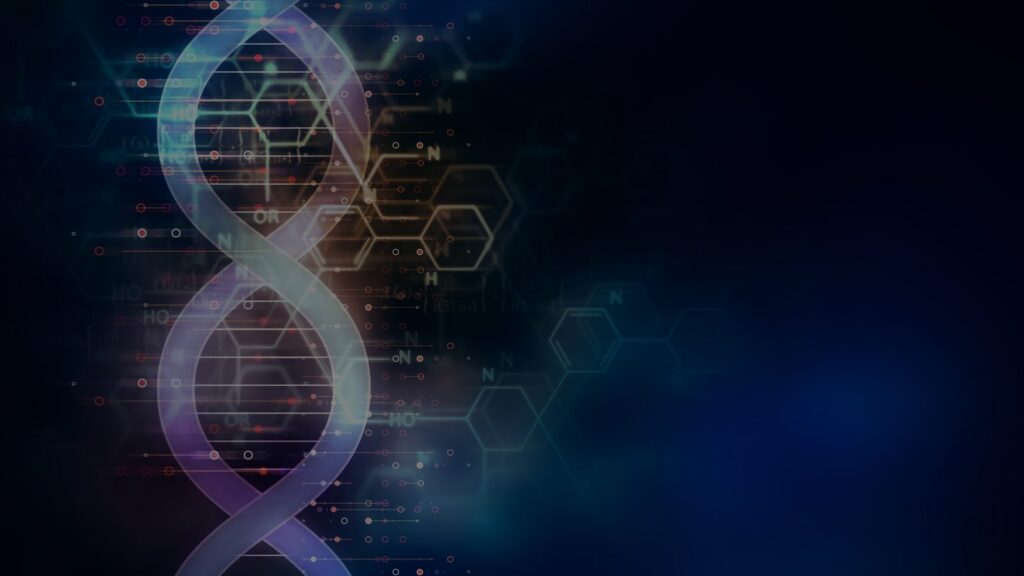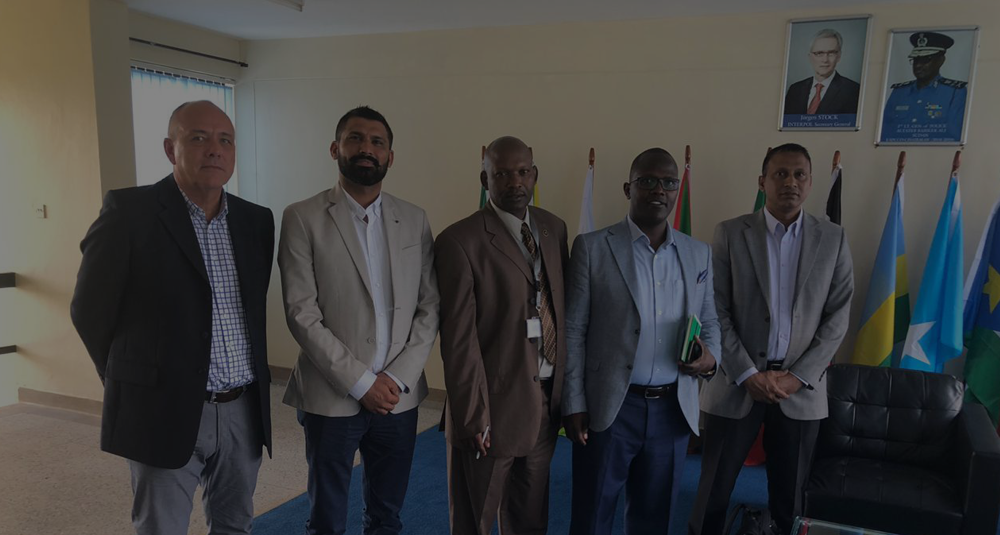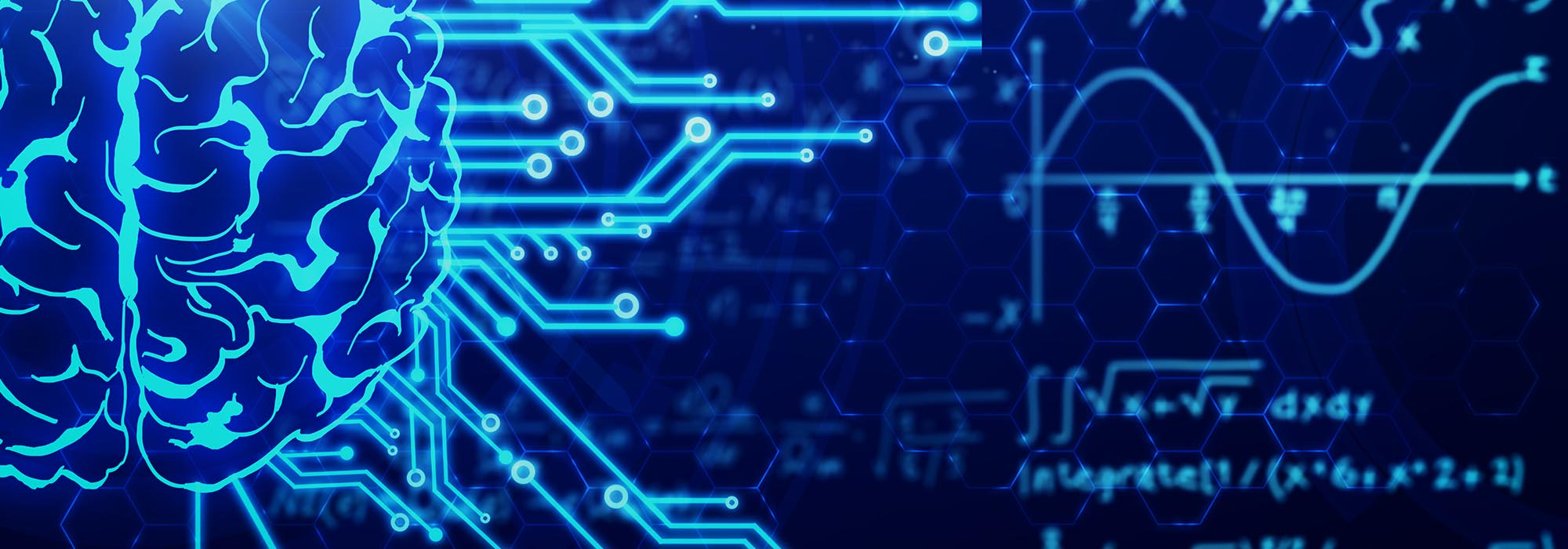In a world that’s rapidly becoming more digitized and complex, the field of forensic science is undergoing a radical transformation. As we step into 2025, forensic science is no longer just about fingerprints and DNA swabs — it’s about artificial intelligence (AI), predictive analytics, and high-resolution virtual reconstructions. The integration of cutting-edge technologies is helping investigators close cases faster, reduce human error, and uncover evidence in ways never before possible.
Dr. Satendra Kumar, a distinguished forensic expert, has played a vital role in bridging the gap between traditional forensic methods and next-generation tools. With experience in government, public-sector projects like AADHAR, and high-level advisory roles, he is uniquely positioned to understand how forensic science is evolving — and what lies ahead.
1. AI and Machine Learning: The New Investigators
Artificial Intelligence and Machine Learning are now essential components of forensic investigations. These technologies allow analysts to sift through vast datasets — such as digital communication logs, surveillance footage, and biometric records — at lightning speed. AI can identify patterns or anomalies that would take human investigators weeks or months to uncover.
For example, in 2025, facial recognition systems enhanced by deep learning can identify individuals in crowded, low-resolution CCTV footage — even in partially obscured frames. AI also aids in automating routine forensic tasks like handwriting analysis, voice recognition, and even detecting deepfakes.
Read more on AI in forensic science
2. Next-Generation DNA Sequencing (NGS): Beyond the Basics
Traditional DNA analysis revolutionized forensic science decades ago. But it had its limitations — particularly in analyzing degraded or mixed DNA samples. Now, Next-Generation Sequencing (NGS) has emerged as a game changer.
NGS can sequence entire genomes in a matter of hours and provide much more detailed genetic information than older techniques. This means forensic labs can now:
- Identify suspects from trace DNA left on objects like weapons, clothing, or even skin cells on a keyboard.
- Distinguish between multiple individuals in mixed samples (e.g., from gang-related crime scenes).
- Determine phenotype traits (such as eye color or ancestry) when suspect databases don’t yield matches.

3. Digital Forensics: The Cybercrime Challenge
In an increasingly digital world, cybercrime has soared — and so has the importance of digital forensics. Everything from smartphones to cloud servers can now serve as crime scenes.
Digital forensics in 2025 is powered by advanced software capable of:
- Extracting deleted or encrypted data from devices
- Analyzing online behavior to trace cyberattacks
- Recovering evidence from damaged or tampered hardware
- Mapping out social media interactions for motive and network analysis
This technology is especially vital in tackling crimes like phishing, ransomware, child exploitation, and financial fraud.
Overview of digital forensics advancements
4. Virtual Autopsies: A Modern Alternative
 In traditional forensic pathology, autopsies are invasive and can pose challenges in cultures or regions where body integrity is a concern. Enter virtual autopsies, which use imaging technologies such as CT and MRI scans to examine the body internally without making a single incision.
In traditional forensic pathology, autopsies are invasive and can pose challenges in cultures or regions where body integrity is a concern. Enter virtual autopsies, which use imaging technologies such as CT and MRI scans to examine the body internally without making a single incision.
These scans can detect:
- Bone fractures, hemorrhages, and internal injuries
- Signs of poisoning or drug overdose
- Pre-existing conditions that may have contributed to death
Virtual autopsies are particularly useful during pandemics (reducing exposure), in mass disasters, and when dealing with decomposed or mutilated bodies.
How virtual autopsies are transforming pathology
5. Mobile Forensics and Real-Time Evidence Collection
Today’s investigators can carry forensic labs in their pockets. Thanks to real-time mobile forensics kits, it’s now possible to analyze evidence directly at the crime scene.
These kits allow professionals to:
- Scan fingerprints and upload them instantly for cross-checking with national databases
- Test substances for narcotics using portable mass spectrometers
- Capture 3D models of the crime scene for reconstruction and court presentation
This not only speeds up the investigation process but also helps preserve the integrity of evidence.
6. Ethical Concerns and the Human Factor
With great technological power comes great ethical responsibility. As forensic tools become more sophisticated, it’s critical to ensure they are used responsibly. AI algorithms must be audited to eliminate bias. DNA databases need to be regulated to protect privacy. And virtual autopsy results must still be validated by experienced forensic pathologists.
Dr. Satendra Kumar has been a vocal advocate for ethical practices in the forensic field. He emphasizes the importance of maintaining transparency and human oversight in every investigation.
7. Training the Next Generation of Forensic Professionals
Perhaps one of the most crucial aspects of forensic science in 2025 is education. As technology changes rapidly, forensic professionals must constantly update their knowledge. Dr. Kumar has led training workshops and international collaborations aimed at upskilling the workforce.
Future forensic experts must not only be scientists — they must also be skilled technologists, data analysts, and ethical thinkers.

Conclusion: A New Era for Crime Investigation
The year 2025 marks a defining moment for forensic science. No longer limited to lab-bound testing, it now spans the digital, genetic, and virtual realms. From AI-powered crime prediction to mobile forensics and ethical use of biometric data, we are entering a future where justice can be served faster — and more fairly.
Dr. Satendra Kumar continues to be at the helm of these changes, bringing together leadership, innovation, and education to guide the forensic community through this transformation. His vision of a more integrated, ethical, and technologically advanced forensic system is not just timely — it’s essential.

